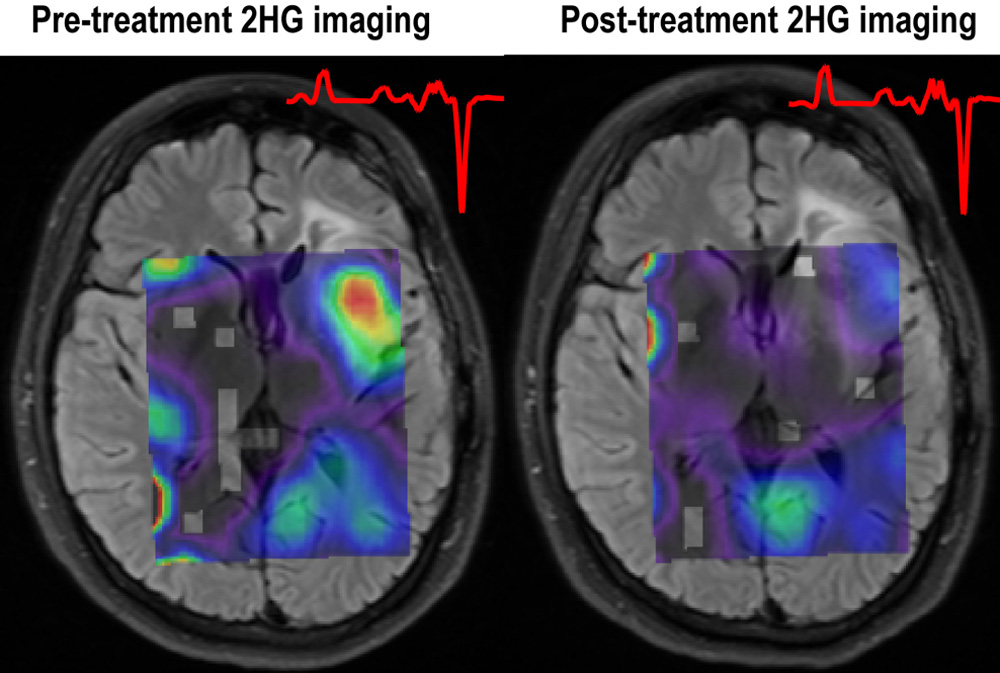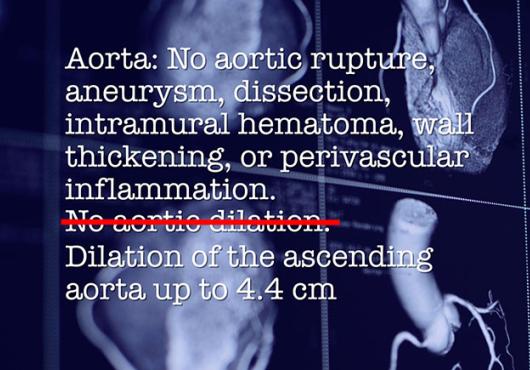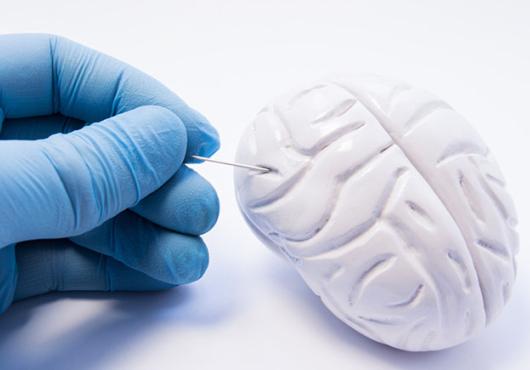
Using a novel imaging method, Harvard Medical School investigators based at Massachusetts General Hospital have shed light on the mechanisms behind a potential targeted treatment for a form of the deadly brain tumors called gliomas.
In a report published in Nature Communications, the research team describes using magnetic resonance spectroscopy (MRS) imaging to determine whether an investigational compound reduced levels of a tumor-associated metabolite in glioma patients who carry mutations to a gene known as IDH. The technique allows scientists to image the metabolic aspects of tissues rather than structural views.
“Gliomas are aggressive, primary brain tumors that lack effective treatments, and patients invariably succumb to the disease,” said lead author Ovidiu Andronesi, HMS assistant professor of radiology at Mass General.
“There is a desperate need for progress in glioma treatment, and IDH mutations, which occur commonly in these tumors, offer a pathway for targeted therapy,” Andronesi said.
Patients with gliomas characterized by mutations in the isocitrate dehydrogenase (IDH) enzyme tend to live three to five times longer, with better response to chemo and radiation therapy, than do patients whose tumors do not carry IDH mutations. The mutations, however, themselves may initiate and drive the growth of the tumor.
IDH mutant tumors produce elevated levels of 2-hydroxyglurate (2HG), which is believed to contribute to tumor initiation by interfering with gene expression control. While it is unclear whether reducing 2HG level would reverse the process in patients, it could be used as a biomarker for diagnosis and monitoring of IDH mutant tumors.
“With the new metabolic imaging method that we developed to probe treatment effects, we showed that a novel IDH1 inhibitor can quickly reduce levels of the oncometabolite 2HG in patients with this mutation,” Andronesi said.
“This type of methodology has the potential to accelerate clinical trials and translation of targeted therapies, such as mutant IDH inhibitors, and makes the concept of precision oncology feasible in glioma patients,” he added.
Mass General and Dana-Farber Cancer Institute are sites for a Phase 1 clinical trial of an IDH1 inhibitor (IDH305) for IDH1-mutated glioma treatment. Of eight patients who had enrolled in the trial at time of the current study, MR imaging data collected before and a week after treatment began was available for five.
Three-dimensional MRS imaging of the data found that 2HG levels dropped around 70 percent after treatment initiation. Levels of additional metabolites connected with the mutant IDH1 pathway— including glutamine and glutamate—were altered in response to IDH305 treatment, indicating a potential metabolic reprogramming of the tumor.
“MR spectroscopy is quick, noninvasive and can be performed on any clinical MR scanner, making results available before any biopsy or surgical procedure have begun,” Andronesi said.
“It also can be used to track the response to treatment, since repeat biopsies are not feasible for patients with brain tumors, by directly probing the activity of the mutant IDH1 enzyme,” he added. Of course, our small study needs to be replicated in a larger group with longer follow-up times, as well as determining the long-term benefit of IDH1 inhibitor treatment.”
Additional authors on the study include Tracy Batchelor, Isabel Arrillaga-Romany, K. Ina Ly, Jorg Dietrich, Elizabeth Gerstner, Eva-Maria Ratai, Bruce Rosen, Kara Reitz, Daniel Cahill, A. John Iafrate, Wolfgang Bogner, Andrew Chi and Patrick Wen.
The study was funded by the National Cancer Institute (grants K22 CA178269, R01 CA211080, SPORE P50 CA165962, R01 CA129371 and K24 CA125440A) and National Institutes of Health (grants S10 RR013026, S10 RR021110 and S10 RR023401).
Adapted from a Mass General news release.





